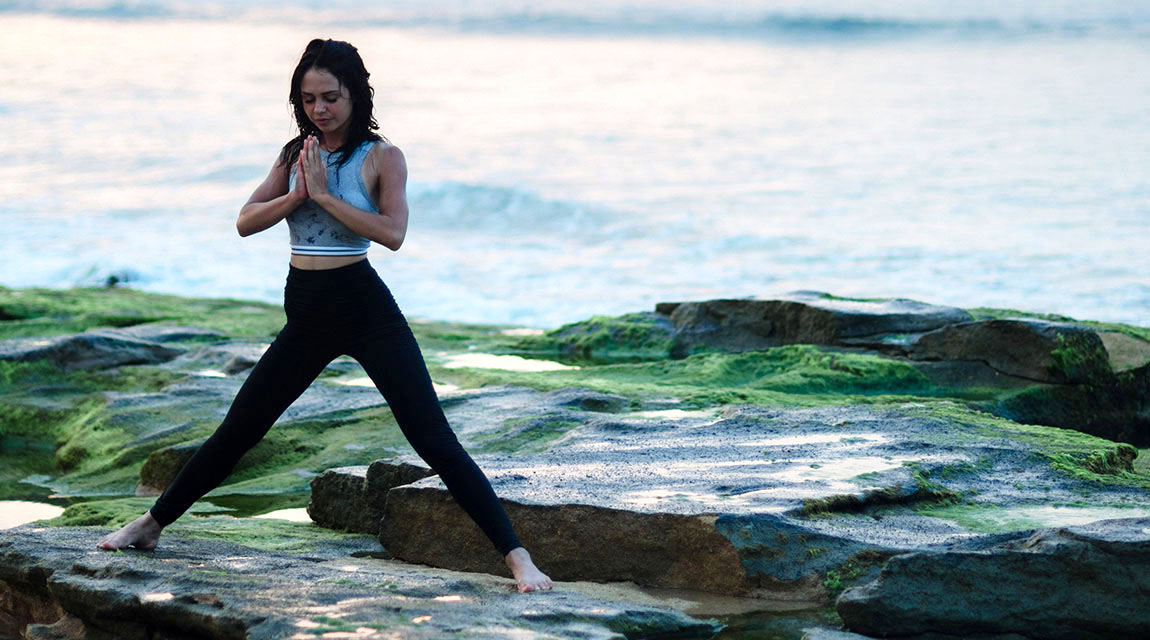Life comes with lots of ups and downs. And that’s especially true for teens. In the adolescent years, it’s not unusual to experience a rollercoaster of emotions throughout the day.
Therefore, teens need tools for returning to a place of calm and peacefulness. Such tools can support them throughout life. “A quiet mind allows for openness to another, the capacity to reflect and to see the world in a different way,” says Michel Mennesson, MD, psychiatrist at Newport Academy.
We all need ways to quiet the mind and relax the body, no matter our age. Happily, there are many accessible, all-natural ways to stay calm.
‘Rest and Digest’ vs. ‘Fight or Flight’
When we are tense or upset, the sympathetic nervous system activates the stress response, also known as the fight-or-flight response. As a result, the heart beats more quickly, the breath becomes shallow, and blood pressure goes up. In turn, these physical reactions emphasize our anxious thoughts and turbulent emotions.
However, we have the ability to counteract the stress response by activating the parasympathetic nervous system, also known as the “rest-and-digest” or relaxation response. Activating the relaxation response calms the emotions, improves energy, helps you sleep better, increases immunity, lowers blood pressure, and stabilizes blood sugar.

The Calming Power of the Breath and Visualization
Research shows that conscious, controlled breathing is one of the easiest and most immediate ways to calm the nervous system. Here’s how to practice Square Breathing, an easy breathing practice known to create calm.
- Sit comfortably in a chair, with your feet on the floor and hands in your lap.
- Inhale slowly through the nose for a count of four, allowing the air to fill your belly.
- Hold the breath in for a count of four.
- Exhale slowly through the mouth for a count of four.
- Hold the breath for a count of four.
- Repeat the sequence for four minutes.
Relaxation and positive visualization are also powerful tools for creating calm. Try this exercise:
- Picture a place that you find particularly relaxing, such as a beach, a house you feel especially comfortable in, or a beautiful garden.
- Visualize how this place looks, sounds, and smells. Imagine the temperature and how the air feels on your skin. Is there sun on your face? Can you hear the breeze blowing in the trees?
- Breathe slowly and deeply as you focus on the sensations and the positive feelings that the visualization creates.

Navigating Emotions by Riding the Wave
“Riding the wave” is a practice for handling intense emotions when they arise. “It’s a metaphor to help illustrate the ebbs and flows associated with life,” says Kristin Wilson, MA, LPC, Vice President of Clinical Outreach at Newport Academy. “If we can learn to observe when they are starting to swell, and experience the feelings associated with that, we can mindfully ride them out without getting swept away.” Here’s how:
- Pay attention to your breath and consciously make it slower and deeper.
- Relax your body, letting the muscles release from head to toes.
- Tune in to the feelings you are experiencing in your body and your mind.
- Observe what you are feeling with compassion and without judging yourself.
- Continue to let the feelings be there without pushing them away, as the wave recedes.
Everyone benefits from having their own personal toolkit to help them come back to a place of peace and relaxation in difficult moments.


